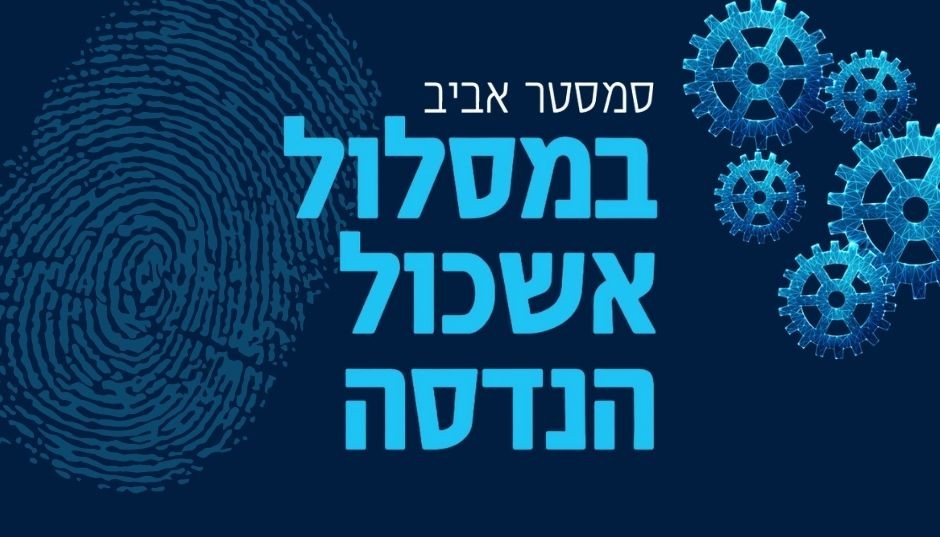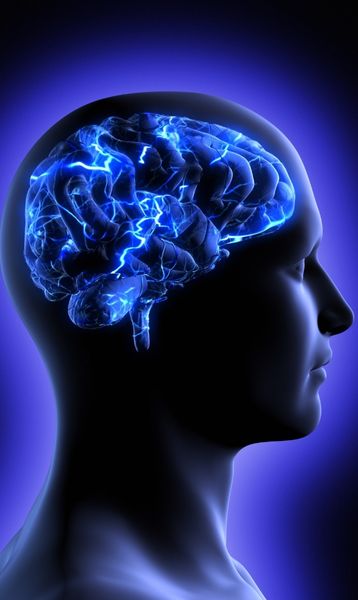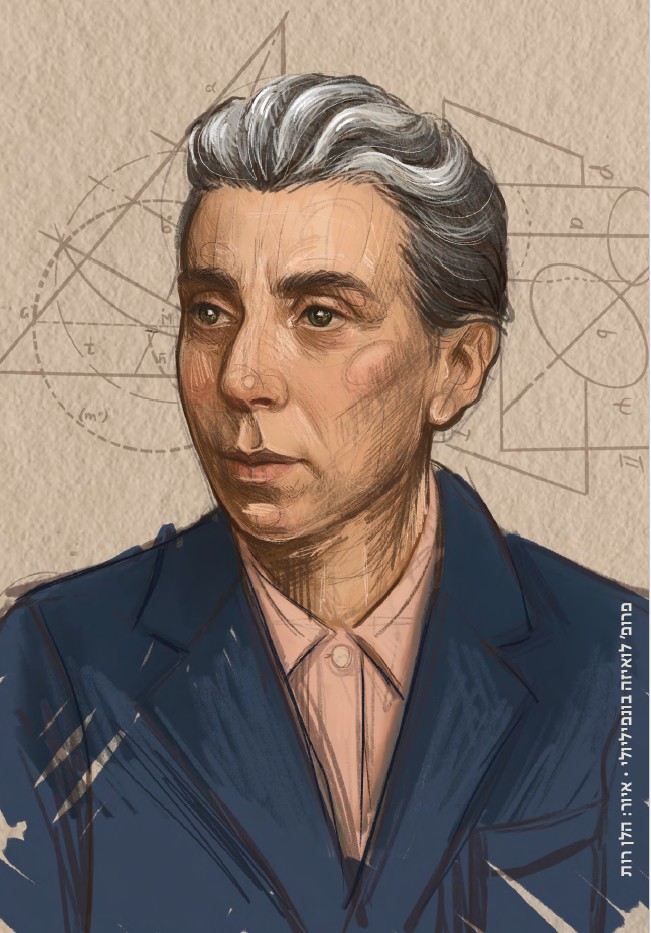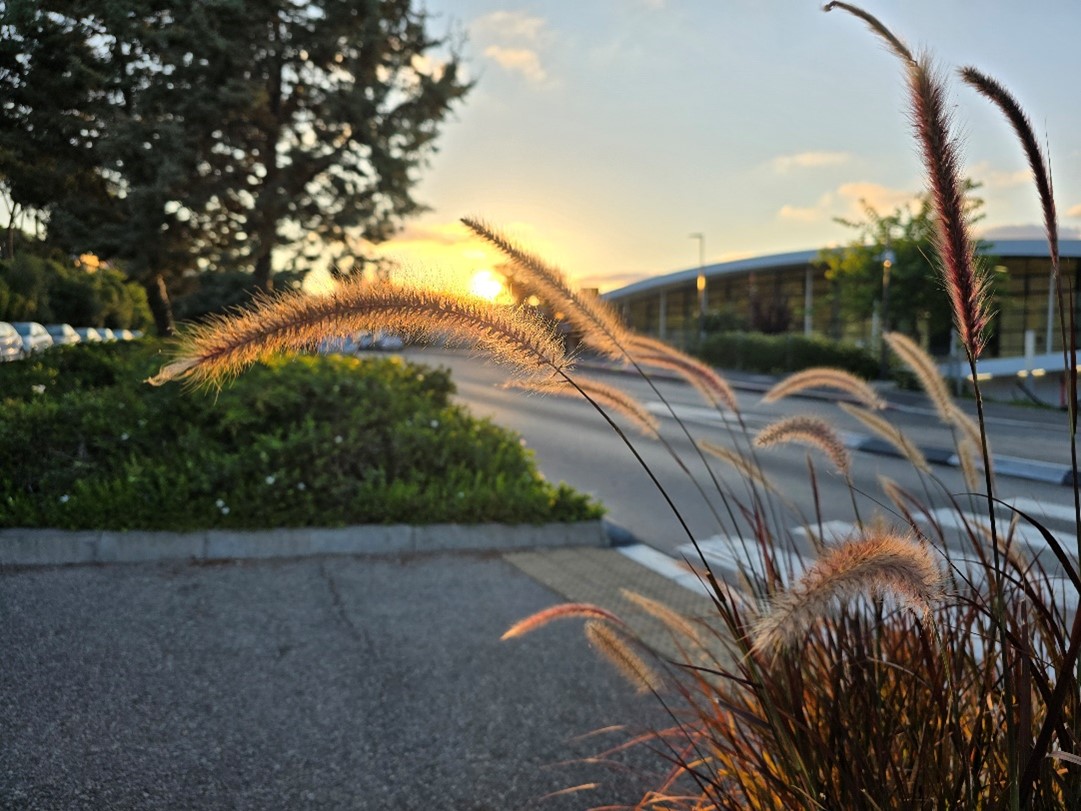מפעל התרופות שבתוכנו
טכנולוגיה חלוצית שפותחה בטכניון תאפשר לייצר תרופות בתוך הגוף באמצעות חיידקים חיים

טכנולוגיה חלוצית שפותחה בטכניון תאפשר לייצר תרופות בתוך הגוף באמצעות חיידקים חיים

מסלול ייחודי המאפשר להתחיל ללמוד כבר בסמסטר ב', להתנסות בקורסי הנדסה ולהשתלב בהמשך באחד מחמישה מסלולי לימוד מובילים

10% מהחברות ברשימה הגלובלית של "פורצות הדרך ב-AI" נוסדו על ידי בוגרי הטכניון

המחקר המוצג בכתב העת Nature Materials מציג גילוי של "סדר נסתר" הנובע מתנועה אקראית של חלקיקים בנוזל

איך בונים ושומרים על זוגיות יציבה בעולם משתנה?
07.01.2025 שלישי, בשעה 14:00
הוספה ליומן

יום פתוח בת"א לפקולטות המדעיות
13.01.2025 שני, בשעה 16:00
הוספה ליומן

מוסיקה מדע והשראה | עונה 4 - קוד הזכרון
14.01.2025 שלישי, בשעה 12:30
הוספה ליומן

תערוכת "מראות מקום"
02.11.2025 ראשון, בשעה 09:00
הוספה ליומן

תערוכת הצילום "טבע בקמפוס"
16.07.2025 רביעי, בשעה 09:00
הוספה ליומן
100000
בוגרים
18
פקולטות
15000
סטודנטים
60
מרכזי מחקר
ברחבי הקמפוס